And the beat goes
Change the question
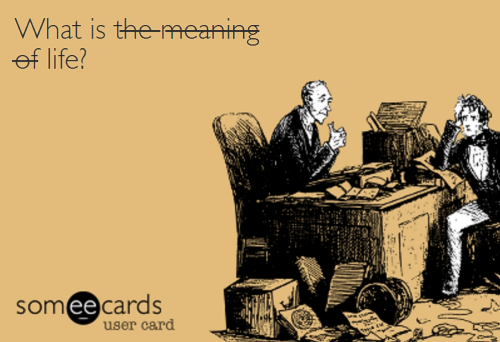
MoonBlog 30.2 Pragmatism
You know that moment, at the end of the night and u wake up, knowing, determent, clearheaded, when u realise things fall back into place, yes fall back into, as u come back to knowing that u realise stuff, more, when information has made sense. As the wind gently howls across the building in late autumn.
I was so stuck and fucked up just a few months ago, and clearly needed some kind of help, support, guidance perhaps, as I had wiggled my way into distress and mental suffering through reading stuff way over my head, trying to get things that one might not get from just reading, from reading someone else’s experience even, it simply does not always work that way.
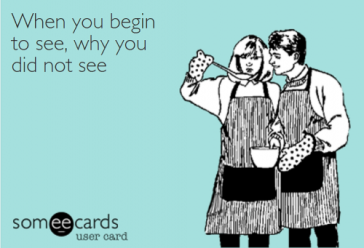
So I guess I sort of booby trapped myself in my own process, and was reading both ‘The Experience of No-Self‘ by Bernadette Roberts as well as the very dark ‘Brahma’s Long Night‘ by Ra Uru Hu in the Rave Cosmology Teacher Training right after having finished the fucked up ‘The Nature and Mechanics of the Rave (2027)‘ semester which really did not make things any lighter, and it just fucked me up, big time. And here is the kicker, I got what was said even, that was tough to swallow, I got what was said, what was meant, I could follow this experience of Bernadette, but I could not possibly also share her experience or recognize it in my own life, my own perception of what she was sharing about. And so I came to a grinding halt
Zoned out and outshined
So I stopped, I stopped reading Bernadette while gently continuing Rave Cosmology, but giving myself some space and time, knowing I got fucked up, knowing I needed to take a breather, a step back, unwind the tension just a bit, and reorient myself. But first, just back off a bit, simply ease off, and not push myself over this edge of not understanding, of not having the same experiential knowing, and allow for that.
Read more
What is meant by Moksha
“Moksha is freedom from bondage or dependence. This bondage is caused by the first three Purushārtha namely Dharma Artha Kāmaha. Any thing or being in the creation can cause bondage. What type of bondage is this ? Bondage is of two types :
– When an object is present – The presence of objects causes a bondage called Bhāraha. The stress or strain of handling the object or person. Handling the object or person or relationship itself especially if it is a human relationship, that itself becomes a very big Bhāraha. In fact when many people face problems, it is the stress and strain caused by human relationship.
– When an object is not present – This creates another problem called emptiness or loneliness.
So I am not sure whether I want them or I don’t want them. When I don’t have them I crave to have them and once I have them, I crave for freedom. Either way, I am in a soup. This is called Ubhayataha Pāshā Rajjuhu. And by Moksha we mean, I am free from this problem caused by the world. This means the presence of objects will not cause strain in me if I am a free person and the absence will not create emptiness in me. The presence of people will not create the strain of relating and the absence of people will not create loneliness without companion. So if I can have Dharma Artha Kāma when they are there and I can be happy even if the Dharma Artha Kāma are not there, either way I am fine – this is called Freedom. With objects or people I am fine, even without objects or people I am fine. And this Freedom is the result of self-knowledge. This inner freedom expresses in the form of threefold virtues which are very useful for human life.” – Swami Paramarthananda, Introduction to Vedānta (Tattvabodha)
The onion knight

Where… did that come from, and why was it so damn good?
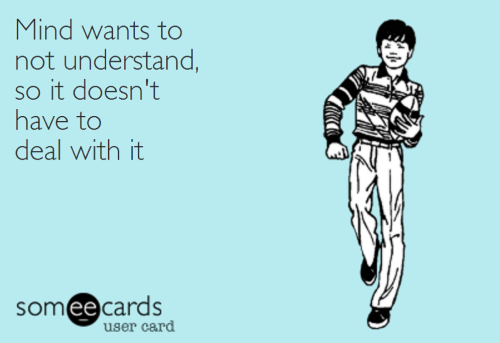
Not so Self Reflector mantra

SUNSHINE !!!
Many diff’rent people In several locations

Bareuh
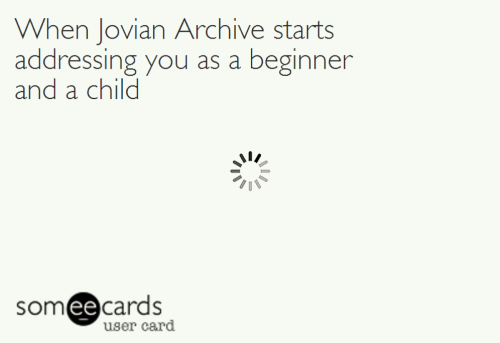
Right Attitude
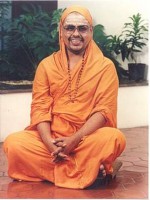
“I love everything that I do and accept all experiences in life because they are Īshvara Prasādaha which will lead to Samattvam. Samattva Bhāvanā is the result of Īshvara Arpana Prasāda Bhāvanā. These two put together will lead to very fast spiritual growth. This is called Chitta Shuddhihi.
Chitta Shuddhihi can be put in the simplest context as – I can understand that all my problems in life are not caused by the world, but are caused by my wrong handling of the world because of my ignorance. So the ignorant I handles the world wrongly, and hence I suffer. If I become the wise I, I know how to handle the world which is Nandanavanam – Sampūrnam Jagadeva Nanadanavanam. So ignorant-I is the problem and wise-I is the solution – this diagnosis is the result of Karma Yoga which is otherwise called Chitta Shuddhihi.” – Swami Paramarthananda, Introduction to Vedānta (Tattvabodha)
What is Enlightenment?

“Suffering just means you’re having a bad dream.
Happiness means you’re having a good dream.
Enlightenment means getting out of the dream altogether.”
-Jed McKenna
Can’t put my finger on it
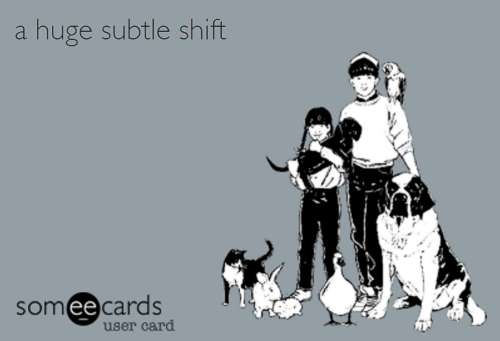
What Happened to Our Dream of Freedom?

Individual freedom is the dream of our age. It’s what our leaders promise to give us, it defines how we think of ourselves and, repeatedly, we have gone to war to impose freedom around the world. But if you step back and look at what freedom actually means for us today, it’s a strange and limited kind of freedom.
Politicians promised to liberate us from the old dead hand of bureaucracy, but they have created an evermore controlling system of social management, driven by targets and numbers. Governments committed to freedom of choice have presided over a rise in inequality and a dramatic collapse in social mobility. And abroad, in Iraq and Afghanistan, the attempt to enforce freedom has led to bloody mayhem and the rise of an authoritarian anti-democratic Islamism. This, in turn, has helped inspire terrorist attacks in Britain. In response, the Government has dismantled long-standing laws designed to protect our freedom.
The Trap is a series of three films by Bafta-winning producer Adam Curtis that explains the origins of our contemporary, narrow idea of freedom. It shows how a simplistic model of human beings as self-seeking, almost robotic, creatures led to today’s idea of freedom. This model was derived from ideas and techniques developed by nuclear strategists during the Cold War to control the behaviour of the Soviet enemy.
Mathematicians such as John Nash developed paranoid game theories whose equations required people to be seen as selfish and isolated creatures, constantly monitoring each other suspiciously always intent on their own advantage. This model was then developed by genetic biologists, anthropologists, radical psychiatrists and free market economists, and has come to dominate both political thinking since the Seventies and the way people think about themselves as human beings.
However, within this simplistic idea lay the seeds of new forms of control. And what people have forgotten is that there are other ideas of freedom. We are, says Curtis, in a trap of our own making that controls us, deprives us of meaning and causes death and chaos abroad.
What is the “Get Windows 10” Tray Item and How Do You Remove It?

The need for a solid foundation
Even though Western Advaita seekers do not follow a certain methodology to prepare themselves, those who find themselves unable to realize Truth, will readily admit something like „I don’t think that I am advanced enough“. So they do acknowledge that a certain maturity is needed in order to be able to recognize ones true nature.[1] Yet, no-one seems to know what this maturity may consist of, let alone a definite way to obtain it.
What is a mere notion in Westerners, is taken for granted in traditional Advaita Vedanta: of course the seeker needs to be prepared for knowledge to dawn! As preparation is taken to be indispensable, Advaita Vedanta provides a whole lot of clues and tools to further it.
This is in stark contrast to Western Advaitins who kind of wait for the right moment to miraculously arrive one day. Not that they are idle – no, they will try meditation, affirmation, chanting, reading inspiring books, psychotherapy, mental coaching, to name but a few methods. Many of those can be useful, the problem is not so much with the method as such but with the lack of methodology. Most Westerners are seeking on their own. They visit the Satsangs of their preferred Satsang teacher or teachers, read their books as well as a lot of others and follow the various recommendations of other seekers. They do not commit to one teacher and most Satsang teachers do not encourage them to commit.
It is beautiful that there are Advaita seekers, Traditional as well as Western, who do wake up to what they really are. But as most of them know: this is not the end. For Westerners, though, the only way to proceed from here is “wait and see”. While this may work out sometimes, traditional Advaita Vedanta provides an answer, which is more definite and more practical. Someone who has truly recognized his nature and still states: “No, there must be more, I have not arrived” often lacks, as Swami Paramarthanandaji put it, a solid foundation described in Chatushtaya Sampatti.
Traditionally the nine virtues of Chatushtaya Sampatti should already be part of the seekers make up before he even introduces himself to a Guru. Yet, even amongst traditional seekers this is merely an ideal and in most cases the work on developing those qualities will last till the search is complete.
Sadhana Chatushtaya Sampatti comprises:
Read more
It’s always shining, always ablaze with light and energy
a wake up call?
“I had everything I ever wanted. Now I’m here and I see how contrived, fake and forced consistently proving to the world ‘how amazing my life/body/self is”. I spent everyday looking at a screen, viewing and comparing myself to others. It’s easier to look at shiny and pretty things that appear happy than stopping and just getting real with yourself. Social media only became great for me because of the amount of effort I put in trying to portray this ‘perfect’ person, being born into the flesh I have and sharing emotional parts of my life. Being social media famous is a very unattainable thing for majority of people viewing this. I was attracted to the idea of being liked and of value. I put my value in numbers, not real life people, moments or my natural passions of art, writing… Posting on instagram consumed me. I can’t you how beautiful life is without a phone, without social media, without comparing, or likes or followers. We are not followers, we are beings of individuality and love. I have never felt so free.”
“This is the last video on YouTube. I don’t want to support a social sharing sight that makes billions off advertisements I don’t agree with, plus the major point of focus being views and subscribers, not the message or ideas for positive global change. I spent hours watching perfect girls online, wishing I was them. Then when I was ‘one of them’ I still wasn’t happy, content or at peace with myself. Stripping away distractions made me question everything I did online.”
Another view (165)
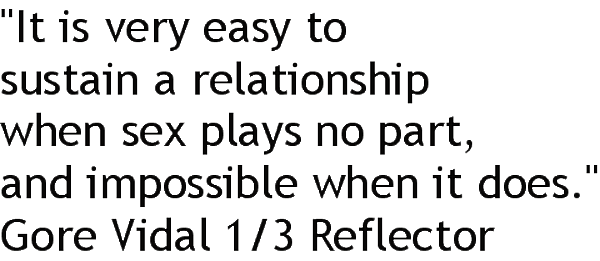
This huge campaign of trying to attain something

The lost one who knows his position
“Does he need energy work? Feng Shui? Or mental training? Maybe he should buy a pendulum? Should he turn to light work or rather make contact with elementary ghosts? Buddhist writings are very inspiring, the Talmud is great too, but somehow both do not seem to be effective. Maybe completeness is hidden in one of those many alternative healing methods or rather with channeled beings? How about angels? Even better, archangels! One could also try out magic or simply ask the tarot cards. Meditation is quite soothing but probably before really getting results one has to have a go at more meditation methods – Sufi Whirling for example, or contemplating the question „Who am I?“ Actually it has been a while since the last Satsang, quickly check the Internet which spiritual teacher will pass through next. But probably first, one has to simply create a healthy foundation; a sturdy psychotherapy, that would be it, wouldn´t it! Primal work and later tantra to improve the relationship. Indeed, it certainly won’t work if, on top of it, one does not also learn how to forgive, do a family constellation and investigate one’s own past lives. Psychodrama also is supposed to be very good. Then, of course, quantum healing, the newest hit. Yesterday’s night session with chanting mantras and quotations from the Upanishads was very uplifting, but maybe skilful affirmation would do the job too? Did not a new book come out about it? Unfortunately, next week-end’s vision search has been cancelled. Well, maybe the monastery vacation on Corsica will pull it off. This would also be an opportunity to experiment with the Tibetan death meditation.” -Sitara Mittag
Read more: Essay 10/2012 The Spiritual Search
Neutrinos are a Star Product
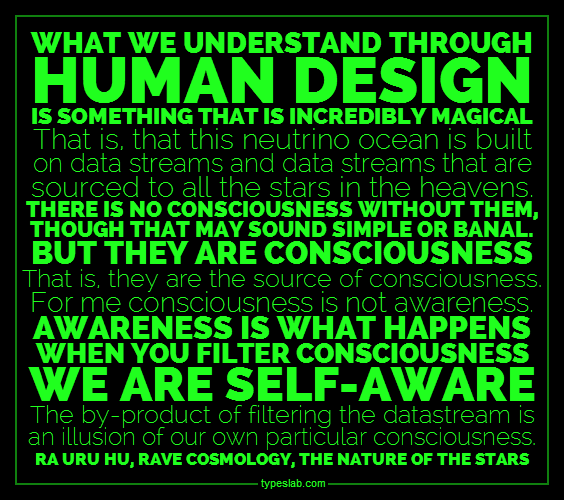
Such poise and concentration
Ratpark ahoy
Another view (162)
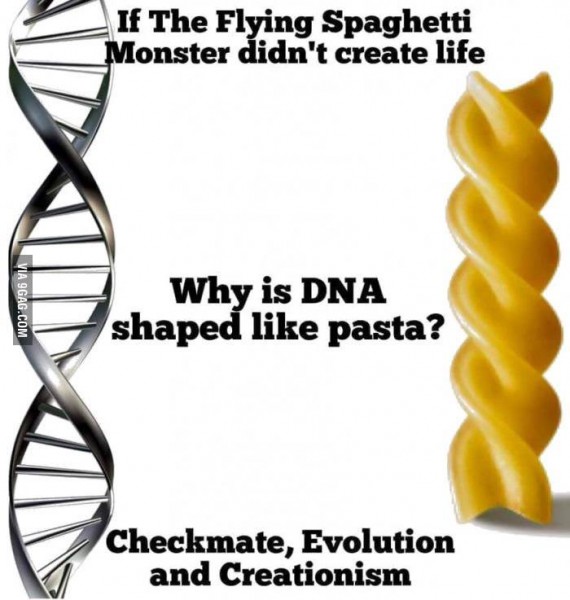
Words of wisdom of the fucking day:
I DON’T KNOW. YOU DON’T KNOW. NO ONE KNOWS. AND THAT’S OKAY.
Source: http://fuckinghomepage.com/
U don’t know what it’s like
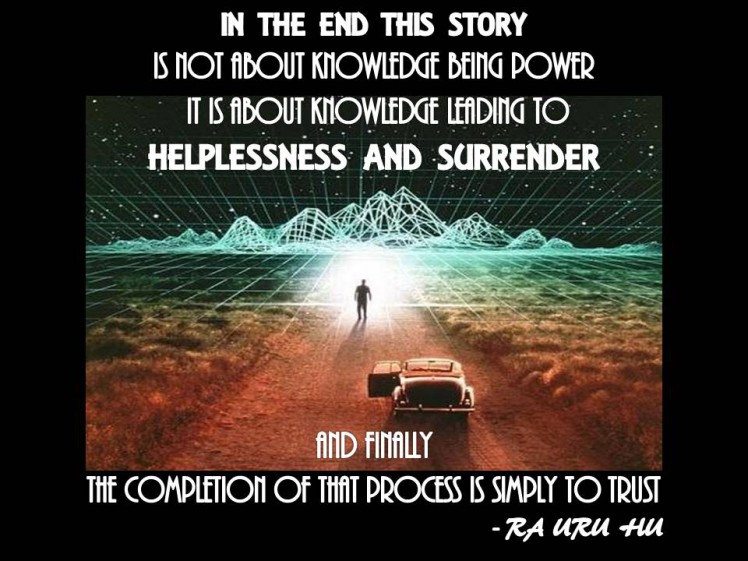
shoes that makes you wanna die
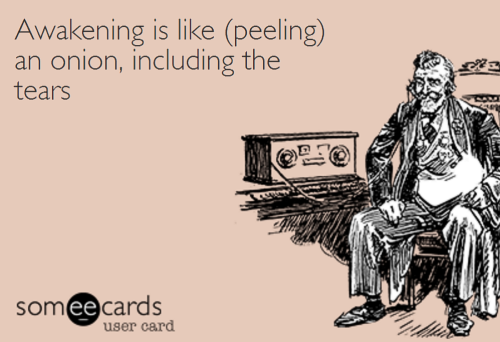
Another view (160)

Karma Shoarma
http://www.imdb.com/name/nm0193231/
https://en.wikipedia.org/wiki/Adam_Curtis#Filmography
http://conspiracyhub.com/details_resource.php?it=6766&ht=1
Every individual is an exception to the rule
Read more on: http://www.vox.com
Making of a permaculture soft-fruits garden
You are already that….
Osho,
You said yesterday that surrender happens when there is no ego,
but we are with egos. How can we move towards surrender?
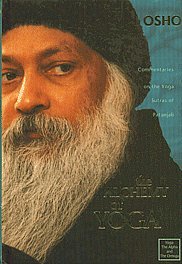
“THE EGO is you. You cannot move towards surrender; in fact you are the barrier, so whatsoever you do will be wrong. You cannot do anything about it. You simply, without doing anything, have to be aware. This is an inner mechanism: whatsoever you do is done by the ego, and whenever you don’t do anything and remain just a witness, the non ego part of you starts functioning. The witness is the non-ego within you and the doer is the ego. The ego cannot exist without doing anything. Even if you do something to surrender, it will strengthen the ego and your surrender will become again a very subtle egoistic standpoint. You will say, ‘I have surrendered.’ You will claim surrender, and if somebody says that it is not true, you will feel angry, hurt. The ego is now there trying to surrender. The ego can do anything; the only thing that the ego cannot do is non doing, witnessing.
So just sit silently, watch the doer, and don’t try in any way to manipulate it. The moment you start manipulating, the ego has come back. Nothing can be done about it; one has just to be a witness to the misery that ego creates, of the false pleasures and gratifications that ego promises. Doings in this world and doings in the other world; the spiritual world, the Divine, the material, whatsoever the realm, the doer will re main the ego. You are not supposed to do anything and if you start doing something you will miss the whole point. Just be there, watch, understand, and don’t do. Don’t ask, ‘How to drop the ego?’ Who will drop it? Who will drop whom? When you don’t do anything, suddenly the witnessing part is separate from the doer; a gap arises. The doer goes on doing and the seer goes on seeing. Suddenly, you are filled with a new light, a new benediction: you are not the ego, you have never been the ego; how foolish that you ever believed in it.
There are people who are trying to fulfill their egos; they are wrong. There are people who are trying to drop their egos; they are wrong. Because when the witness arises you simply see the whole game. There is nothing to be fulfilled and nothing to be dropped. The ego is not of any substance. It is made of the same stuff that dreams are made of. It is just an idea, an air bubble — just hot air within you and nothing else. You need not drop it, because in the very dropping or in asking how to drop it, you believe in it, you are still clinging to it.
It happened that a Zen Master awoke one morning and he told his disciple, ‘I had a dream in the night. Will you please interpret it for me?’
Read more
What you take to be the “I” in the “I am” is not you.
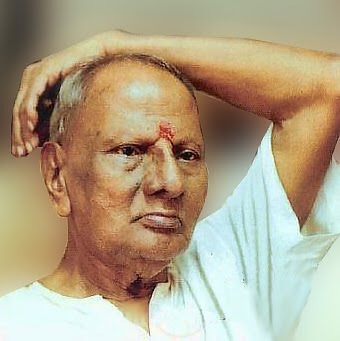
“To know that you are is natural, to know what you are is the result of much investigation. You will have to explore the entire field of consciousness and go beyond.
A general longing for liberation is only the beginning; to find the proper means and use them is the next step. The seeker has only one goal in view: to find his own true being.
The idea of enlightenment is of utmost importance. Just to know that there is such possibility changes one’s entire outlook. It acts like a burning match in a heap of saw dust. A spark of truth can burn up a mountain of lies. The very hearing of it is a promise of enlightenment.
For self-realization you need a well-ordered and quiet life, peace of mind and immense earnestness.” Nisargadatta Maharaj
If you drink all this glass…
I love it when a plan comes together!
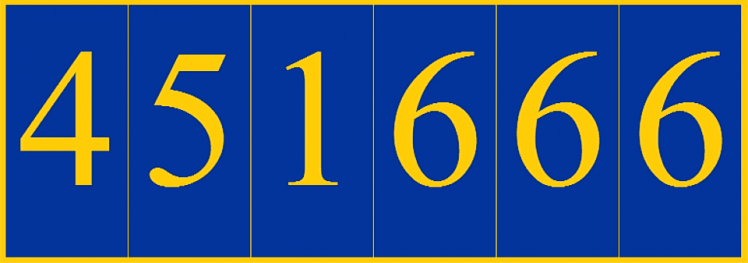

Source: http://www.geenstijl.nl/
a lifeline?
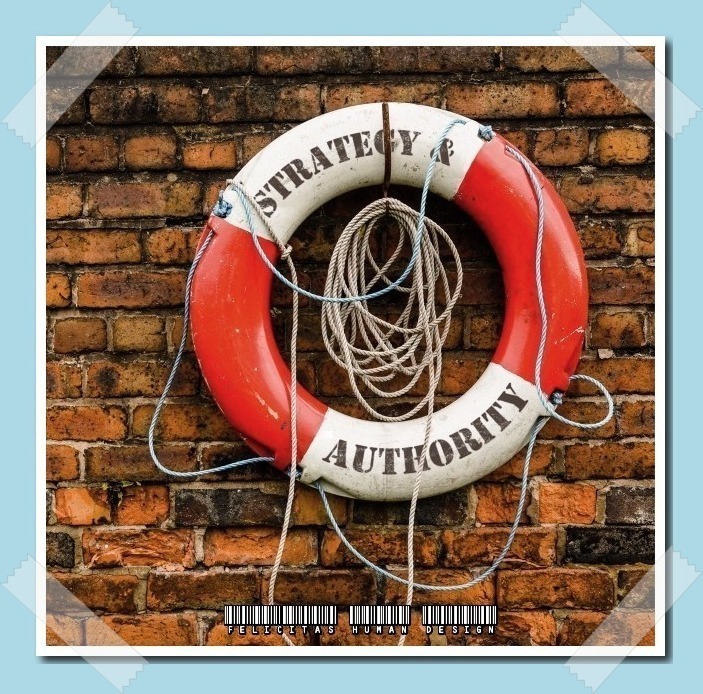
An Example of Unique Purpose
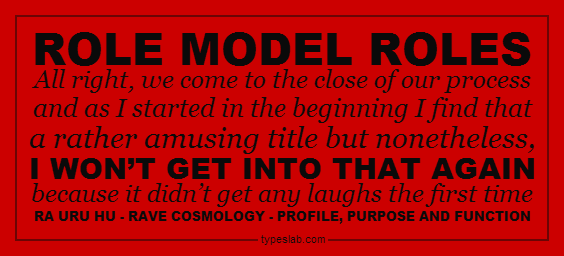
Another view (155)
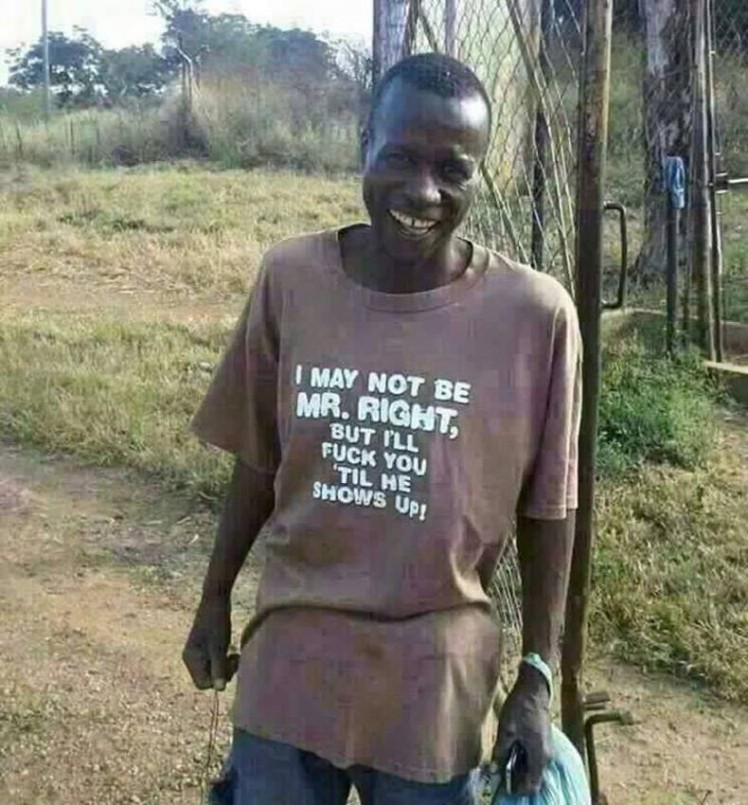
Can we put the fruit aside for a minute?
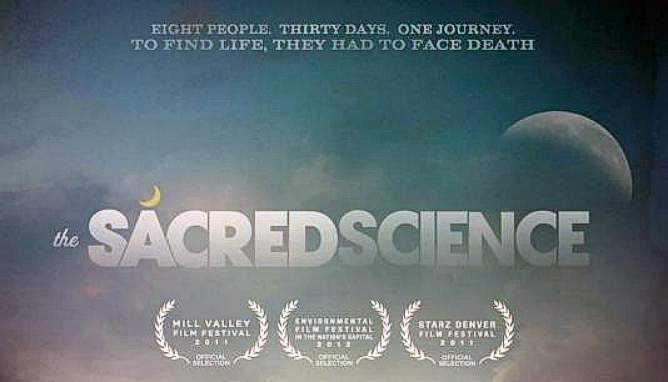
Diabetes. Prostate cancer. Alcoholism. Parkinson’s diseases. Just a handful of many common illnesses that Western medicine has been inadequate in curing or treating. Witness the story of eight brave souls as they leave the developed world behind in search of deeper answers. Living in seclusion for one month in the heart of the Amazon jungle, these men and women take part in the powerful healing practices of Peru’s indigenous medicine men, working with centuries-old plant remedies and spiritual disciplines. In their most desperate hour, these patients are forced to confront not only their physical ailments, but their own spiritual and psychological barriers in the process. Five will return with real results, two will return disappointed, and one won’t come back at all.
Too much perfection is a mistake
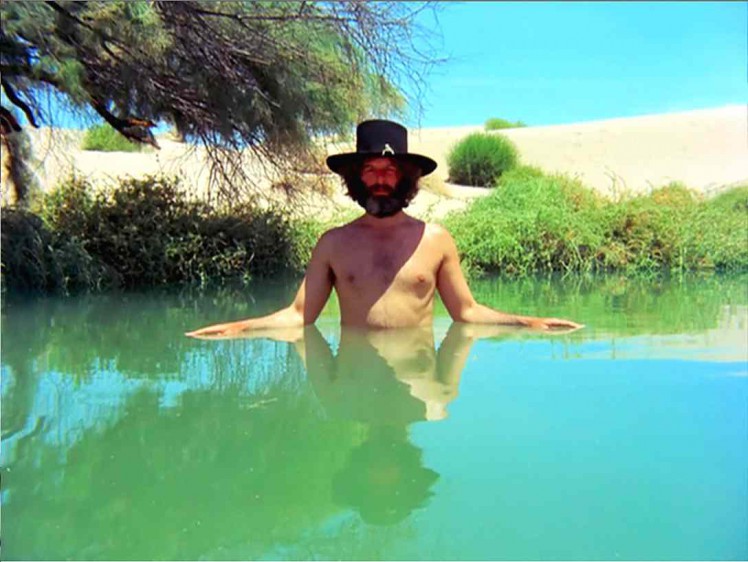
El Topo (1970)
A mysterious black-clad gunfighter wanders a mystical Western landscape encountering multiple bizarre characters as he confronts warrior Masters on a trans-formative desert journey. El Topo (the mole) claims to be God, riding a horse through a spiritual landscape strewn with ancient Eastern religious symbols. El Topo’s surreal way is bloody, sexual and self-reflective, musing of his own demons, as he tries to vanquish those he encounters.
Director: Alejandro Jodorowsky (as Alexandro Jodorowsky)
Writer: Alejandro Jodorowsky (as Alexandro Jodorowsky)
Stars: Alejandro Jodorowsky, Brontis Jodorowsky, José Legarreta
Another view (153)
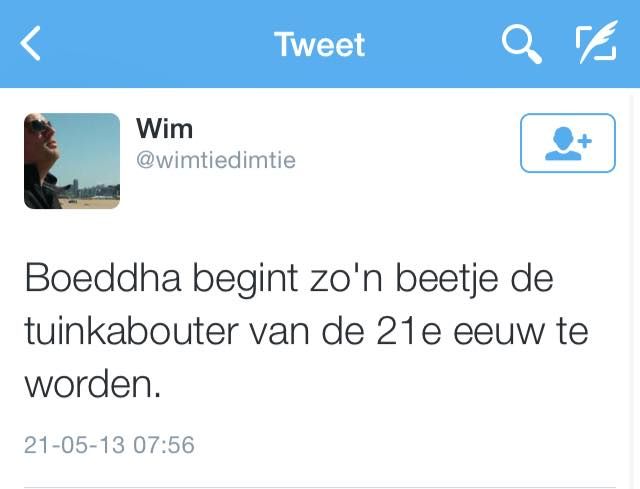
F.Y.L.
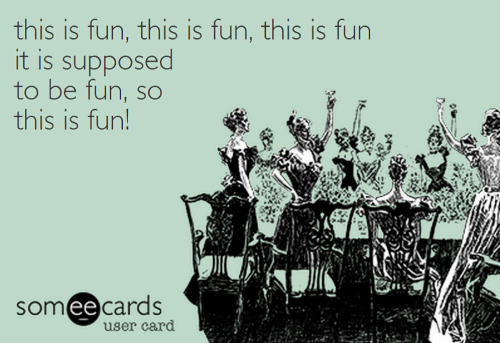
Another view (152)

Without becoming a total dick

Omdat jij wel roelt
